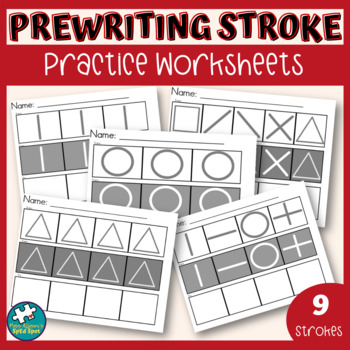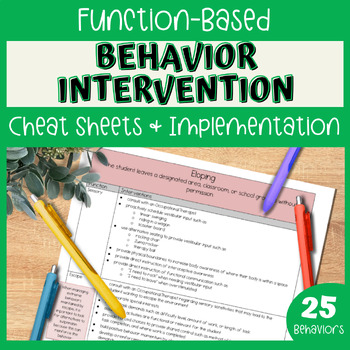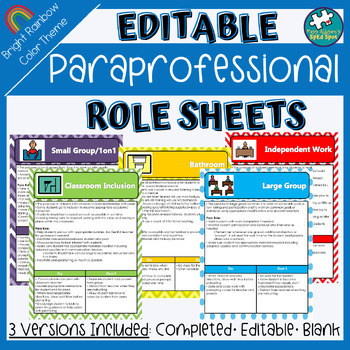
In my classroom and in my role as an autism & low-incidence disability coach, few days go by when I am not trying to decipher student behavior. After working with hundreds of students and thousands of educational professionals, I have developed a 5-step system for behavioral intervention that has worked really well. In today's post, I will walk you through each step to help you with solving problem behaviors that may be impacting student success in your classroom. ...

Pumpkin carving can be a fun and educational experience for students in the special education classroom, especially when you plan ahead for success. Whether you're a teacher, parent, or caregiver, incorporating sensory-friendly and accessible activities, such as pumpkin carving, into your fall curriculum can boost engagement and learning. In this post, you'll discover five practical tips to make pumpkin carving a safe, inclusive, and memorable activity for all learners—perfect for your Halloween or autumn-themed lesson plans. Tip #1: Consider Sensory Needs Sometimes a student may not be comfortable touching the pumpkin guts, so you can allow them to use gloves or even put some in a ziploc baggy to let them explore in a less overwhelming way. Sometimes, I had students who would absolutely gag at the sight of the pumpkin guts. I allowed them to do something else during that time like painting pumpkins or using stickers . This activity is not worth that much distress! Tip #2: U......

In my classroom, I used Unique Learning System for a majority of my curriculum. However, I found that I often wanted to supplement the stories with rich, authentic picture books. So my Picture Book Communication and Comprehension Supports units were born! ...

Data collection on IEP goals is one of the most important tasks a special education teacher takes on because it helps us plan for interventions and monitor student progress. But it is also one of the most tedious tasks we do! Over the years, I have created a system for organizing my IEP goal progress monitoring that has made it easier to set up, implement, and even delegate! The first step is designating a binder for each student on your caseload. I prefer using colored binders because I color-code each of my students' materials each year. In the very front of the binder, I include an IEP at a Glance. We use IEP Anywhere so they luckily create this for us! I also include any essential medical or behavior plans for that student. Then, I get pocket dividers for each subject I will be monitoring. This is a great way to organize the different subjects but my favorite part is the pocket. This is where I store all of my work samples. Then, at the end of each quarter wh......

Whether you’re new to working with paras or just want to up your game, one of the trickiest times to manage multiple adults within the classroom is during large group activities. Find the perfect balance of support and reducing verbal clutter using my top tips. From initial training to communication hacks, I’ve got your back—and your para’s too....

My first few years of teaching I used communication notebooks in my elementary special education classroom.... and I HATED them. For those who are not familiar, a communication notebook is a notebook passed between home and school to communicate between families and school staff. It sounds good in theory, but in my experience it was not. Why did I hate these darn notebooks so much?! they were time-consuming... and the absolute worst time of the day to add something that is time-consuming is during pack up and dismissal. It is chaos enough as it is! they were ignored... every teacher knows which notebooks, binders, folders, etc. are checked every night and which ones are not. Which essentially means you have just wasted your time writing in the notebook. they were negative... written communication about student behavior can be easily misunderstood and can lead to defensiveness which is not an effective way to foster a parent-teacher relationship they leave out the stude......

When I first started teaching, I did not have a curriculum. I didn't have anything really. So each week I was recreating the wheel trying to find something to use to target common elementary skills and IEP goals. It was EXHAUSTING! And extremely time-consuming. Eventually, I discovered if I chose a theme for each week it made planning easier and instruction more cohesive. As I repeated themes year after year, I was able to accumulate a variety of activities so I would keep the same theme for longer than a week. Typically 2-4 weeks would be just right. For each theme, I had some predictable activities with the same format that I would just modify to match that week's theme. As any successful special educator knows, predictability can be so important in our classroom! This allowed my students to learn the content without simultaneously needing to learn the activity expectations. Vocabulary: Students chose vocabulary words from a bag to match to the corresponding pictures on my......
Subscribe to:
Comments (Atom)






